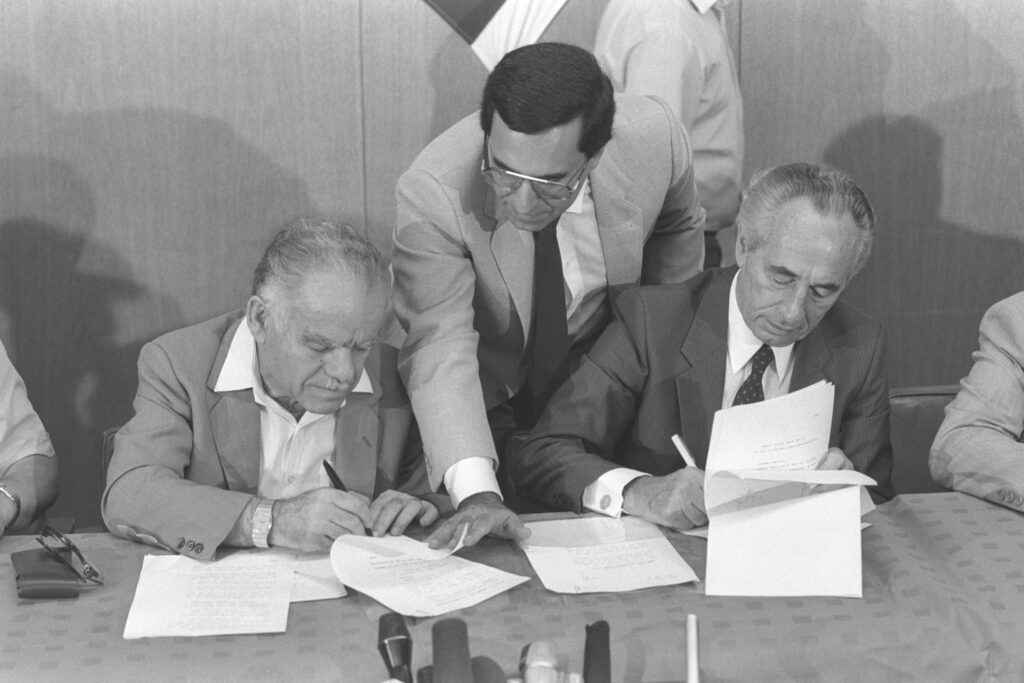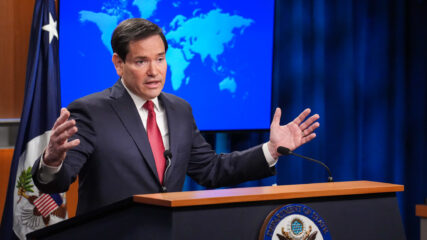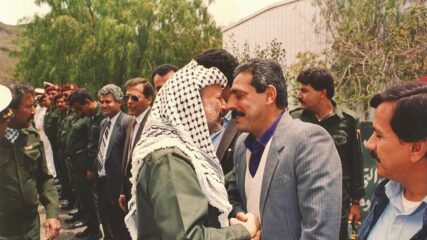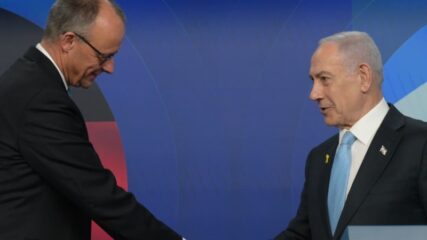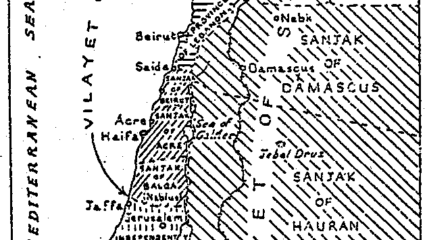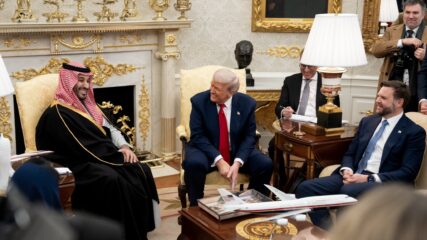July 23, 1984
The election is held for the 11th Knesset, the Israeli parliament. Voter turnout is 78.8%. As has happened in every Israeli election, no party wins a majority in the 120-seat Knesset.
The Alignment, a slate led by Shimon Peres and his Labor Party, wins 44 seats, while Likud, led by Yitzhak Shamir, receives 41. Rather than work with smaller parties to form a coalition, Labor and Likud decide to work together and form a national unity government. Peres serves as prime minister for the first two years of the government, and Shamir becomes prime minister for the next two years.
Several notable findings emerge from the election results. Israelis indicate that they are moving to the center of the political spectrum on economic issues and on negotiations with the Arabs, show a declining interest in the socialist ideology upon which the state was founded, and are decreasingly willing to return to the pre-June 1967 borders while supporting some continued control over and presence in the West Bank, Gaza Strip and Golan Heights.
The election results also show a deepening of political polarization along ethnic lines. Most Ashkenazi Jews (those with family roots in Central and Eastern Europe) vote for the Alignment, and most Mizrahi Jews (those with family roots in Middle Eastern lands) vote for Likud. Specifically, 60% of Ashkenazim vote for the Labor-led slate, and 34% vote for Likud. Among Mizrahim, 73% vote for Likud, and 21.5% vote for the Alignment. Of the Mizrahim who vote for religious parties, many throw their support to the new Shas and Tami parties, representing the Mizrahi Orthodox. Shas and Tami receive 9.5% of the total Mizrahi vote and win five Knesset seats.
For more on how Israel holds elections, see this explainer video, and watch this video for details on how Israeli politicians then form a government.

